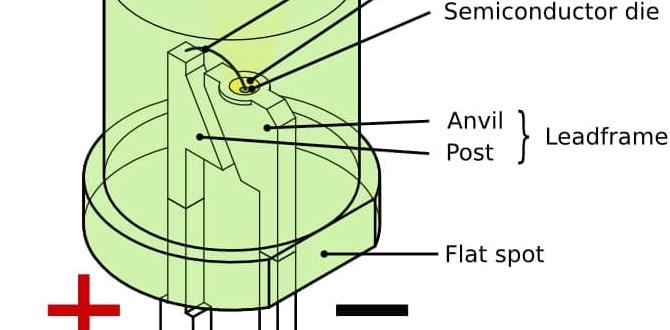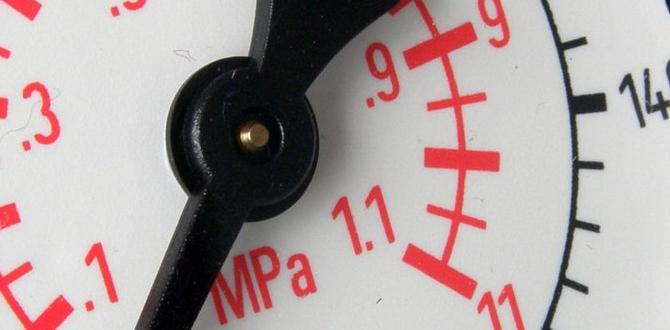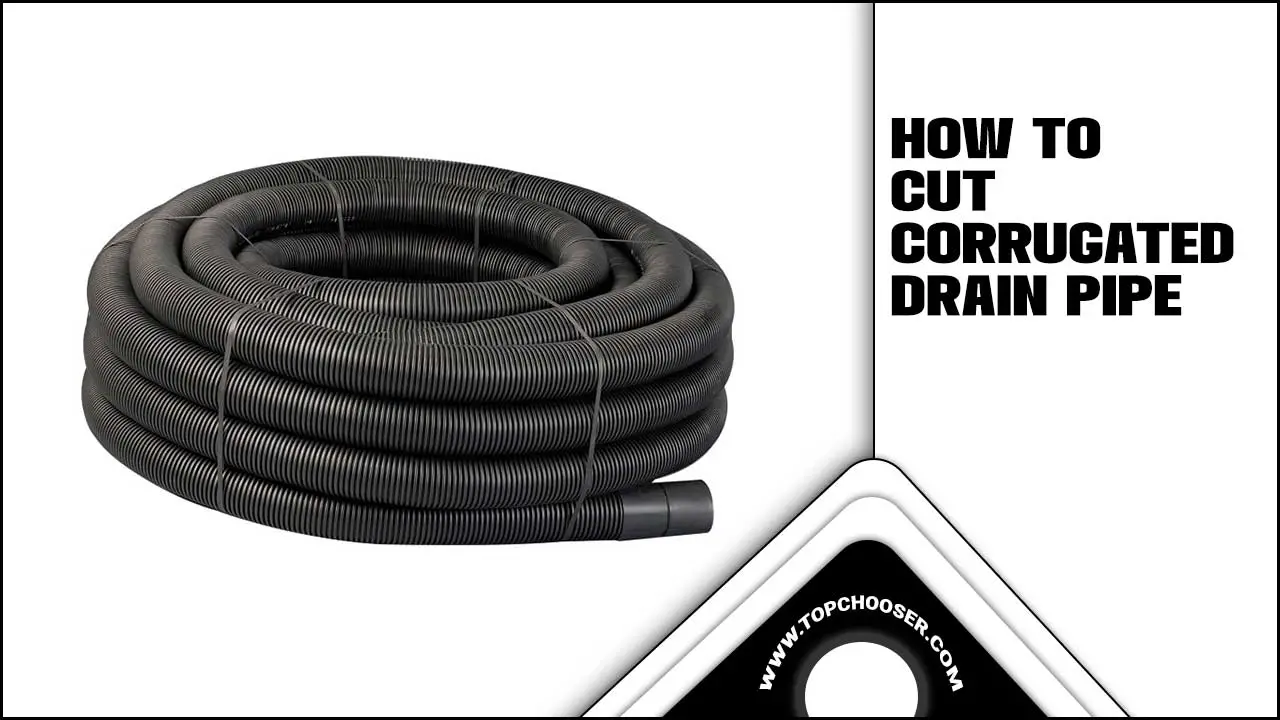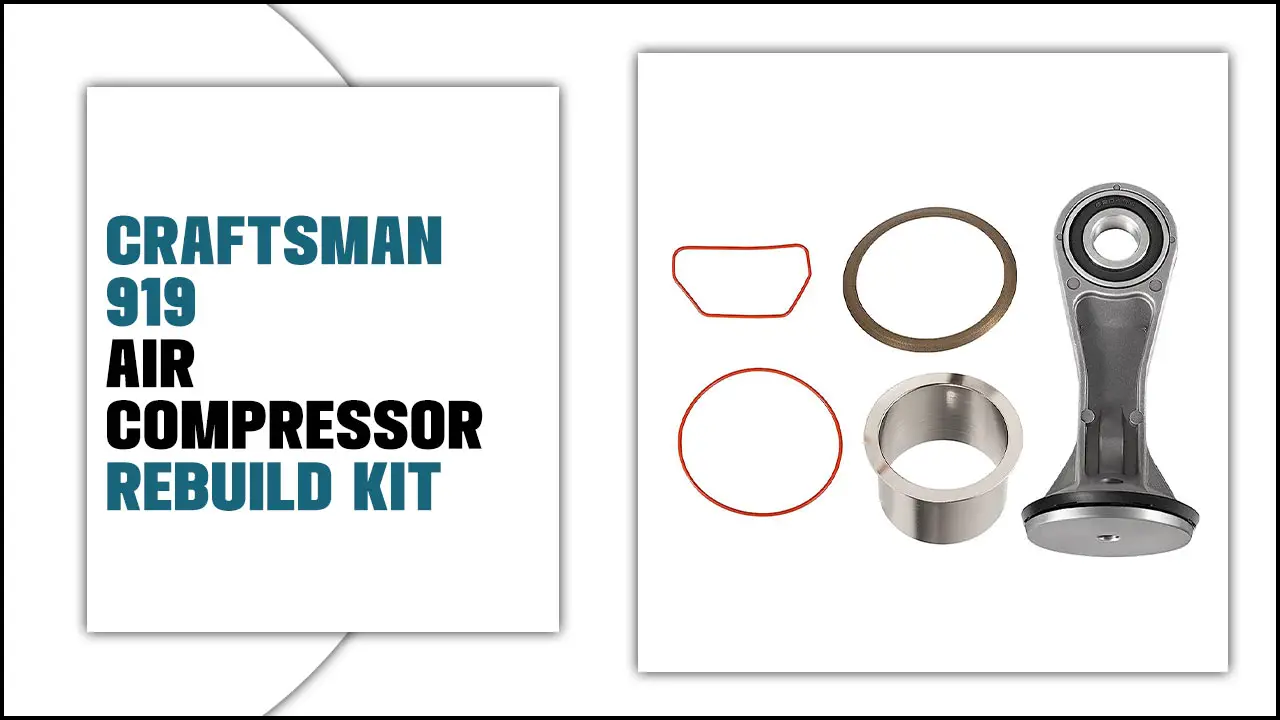Have you ever wondered what makes some toilets look different from others? It’s not just about style. The difference between one and two piece toilets is quite interesting.
Imagine walking into a bathroom. You see two types of toilets. One looks like a single unit, while the other has two parts. It might seem like a small thing, but it relates to how they work and fit in your home.
Fun fact: many people think a one-piece toilet is easier to clean. But is that true? There are advantages and disadvantages to each type. Knowing these can help you choose the right one for your bathroom.
In this article, we will explore what makes one and two piece toilets different. You will learn which one might be best for your needs.
What Is The Difference Between One And Two Piece Toilets? When It Comes To Bathroom Fixtures, The Choice Between One And Two Piece Toilets Can Significantly Impact Both Aesthetics And Functionality. Understanding The Difference Between These Two Designs Will Help You Make An Informed Decision When Renovating Or Installing A New Toilet. One Piece Toilets One Piece Toilets Are Designed As A Single Unit, With The Tank And Bowl Seamlessly Integrated. This Design Offers Several Advantages: 1. **Aesthetic Appeal**: The Sleek, Modern Look Of One Piece Toilets Can Enhance The Overall Design Of Your Bathroom. 2. **Easier To Clean**: With Fewer Crevices And Seams, One Piece Toilets Are Generally Easier To Clean, Reducing The Buildup Of Grime And Bacteria. 3. **Space Efficiency**: Their Compact Design Makes Them Ideal For Smaller Bathrooms, Where Maximizing Space Is Essential. Two Piece Toilets Two Piece Toilets Consist Of A Separate Tank And Bowl That Are Installed Together. This Design Is Traditional And Comes With Its Own Set Of Advantages: 1. **Cost-Effectiveness**: In General, Two Piece Toilets Are Less Expensive Than Their One Piece Counterparts, Making Them A More Budget-Friendly Option. 2. **Repair And Replacement**: If One Part Of The Toilet Fails, It’S Often Easier To Replace Simply That Section Rather Than The Entire Unit. 3. **Variety Of Styles**: Two Piece Toilets Come In A Wide Range Of Styles And Designs, Giving You More Options To Choose From To Fit Your Bathroom Decor. Key Differences – **Installation**: One Piece Toilets Tend To Be Heavier And May Require Professional Installation, While Two Piece Models Are Typically Easier To Handle And Install. – **Performance**: Both Designs Can Have Similar Performance In Terms Of Water Efficiency And Flushing Power, But The Internal Mechanisms May Vary. – **Durability**: One Piece Toilets Can Be More Durable Due To Their Integrated Design, Reducing The Risk Of Leaks Between The Tank And Bowl. Conclusion The Choice Between One And Two Piece Toilets Largely Depends On Personal Preference, Budget, And Bathroom Layout. Understanding The Differences Will Ensure That You Choose The Best Toilet To Meet Your Needs. Whether You Prefer The Modern Aesthetic Of A One Piece Or The Practicality Of A Two Piece, Both Options Can Offer Reliable Performance And Comfort.

What is the Difference Between One and Two Piece Toilets
One-piece toilets feature a seamless design, creating a sleek look with fewer crevices for dirt to hide. This makes cleaning easier. On the other hand, two-piece toilets have a separate tank and bowl, allowing for easier transport and replacement parts. Did you know that one-piece toilets are often quieter? However, two-piece models can be more affordable. Choosing between them can be tricky, but understanding these differences helps you make the right choice for your home!Installation and Maintenance
Comparison of installation processes for onepiece vs. twopiece toilets.. Maintenance requirements and ease of cleaning for each type..Choosing between a one-piece and a two-piece toilet can feel like deciding between chocolate and vanilla, but let’s break it down! Installation is often easier for one-piece toilets since they’re a single unit. You only need to lift it and place it on the floor. No need for tricky connections! On the flip side, two-piece toilets need assembly, which takes a couple of extra steps and a good sense of humor, especially when balancing the tank and bowl.
Maintenance is crucial, too. One-piece toilets have fewer seams, making them easier to clean. Just use some soap and a cloth, and voilà! Two-piece toilets can collect dust and grime between the tank and bowl, needing a bit more scrubbing. So, if you’re a fan of easy cleaning, go for the one-piece! In the end, it’s about which one fits your style and your bathroom’s vibe!
| Type of Toilet | Installation | Maintenance |
|---|---|---|
| One-Piece | Easy to install | Simple to clean |
| Two-Piece | More assembly required | Some extra scrubbing |
Cost Considerations
Price range variations between onepiece and twopiece toilets.. Longterm cost implications, including installation and repairs..| Toilet Type | Price Range | Long-term Costs |
|---|---|---|
| One-piece | $300 – $600 | Lower repair costs |
| Two-piece | $200 – $500 | Potentially higher repair costs |
Ever wonder why toilets can get so fancy? Well, a one-piece toilet usually costs a bit more, ranging from $300 to $600. It’s sleek, easy to clean, and makes fewer trips to the repair shop. On the other hand, two-piece toilets are like the budget-friendly sibling, priced between $200 and $500. But keep your eyes open! Repairs can add up quicker. Choose wisely, or you might find yourself in a toilet trade-off dilemma!
Water Efficiency and Performance
Analysis of water consumption in onepiece toilets versus twopiece models.. Performance metrics such as flushing power and noise levels..Toilets can be a splash-tastic topic, especially when we talk about water efficiency. One-piece toilets are known for using less water, typically around 1.28 gallons per flush. Two-piece models often use up to 1.6 gallons. Less water means happier planet, right? But how do they perform? One-piece toilets usually have stronger flush power, which keeps things flowing smoothly. On the flip side, their flushing can sound like a small jet taking off! Two-piece toilets are quieter, so they won’t wake the neighbors’ cat. Below is a quick comparison:
| Type | Water Use (gallons/flush) | Flushing Power | Noise Level |
|---|---|---|---|
| One-Piece | 1.28 | Strong | Louder |
| Two-Piece | 1.6 | Moderate | Quieter |
So, next time you visit the bathroom, think about which toilet you are sitting on. It might just save the world one flush at a time!
Aesthetic Appeal and Space Considerations
Design aesthetics and how they fit into different bathroom styles.. Space requirements and suitability for small or large bathrooms..Choosing a toilet can feel overwhelming, but let’s break it down. One-piece toilets are sleek and modern-looking, fitting well in any bathroom style. They create a seamless look, perfect for minimalist designs. On the flip side, two-piece toilets can add a classic touch and are easier to repair, making them a favorite for some.
Space matters too! One-piece models are often compact, making them suitable for small bathrooms. Two-piece toilets take up a bit more room but come in various styles. Whether you’re going for a tiny spaceship vibe or a luxurious castle look, there’s a toilet for you!
| Type | Aesthetic Appeal | Space Considerations |
|---|---|---|
| One-Piece | Modern, sleek | Good for small spaces |
| Two-Piece | Classic, traditional | Requires more room |
Whichever one you choose, find the right fit for your bathroom’s personality! Who knew toilets could be so stylish?
Durability and Longevity
Factors affecting the durability of onepiece versus twopiece toilets.. Discussion on warranties and lifespan expectations for both types..Choosing the right toilet can feel like a daunting task, but understanding durability helps. One-piece toilets are often more robust. They have less chance of leaks because they are built as one unit. On the other hand, two-piece designs can be easier to replace parts but may wear out faster due to more joints.
The average lifespan for toilets is about 25 years, but warranties vary. One-piece toilets usually come with longer warranties, often lasting up to 10 years. Two-piece toilets, however, might only have a 5-year warranty. So, don’t be surprised if your two-piece decides to retire early, like a couch potato after a long binge-watch!
| Type | Lifespan | Warranty |
|---|---|---|
| One-Piece | 25 years | Up to 10 years |
| Two-Piece | 20 years | Up to 5 years |
Invest wisely; a sturdy toilet might save you a few surprises in the bathroom!
Environmental Impact
Examination of ecofriendly options within one and twopiece toilets.. Discussion on how each type contributes to water conservation efforts..Toilets can impact the environment. One-piece and two-piece toilets differ in eco-friendliness. One-piece toilets often use less water. They are easier to clean too. Two-piece toilets may have dual-flush options. This helps save water as well. Both types play a role in conservation efforts. They can help reduce water waste significantly.
How do toilets save water?
One-piece toilets: Use about 1.28 gallons per flush.
Two-piece toilets: Can use as little as 0.8 gallons with dual flush.
- Less water means less waste.
- Both types offer various models for eco-friendliness.
- Look for WaterSense labels for best choices.
Consumer Preferences and Feedback
Insights into consumer preferences based on surveys or reviews.. Common complaints and praises for onepiece vs. twopiece toilets..People have different thoughts about one-piece and two-piece toilets. Surveys show that many like one-piece toilets for their sleek look and easy cleaning. Two-piece models often receive praise for their lower cost. However, complaints about one-piece toilets include difficulties in repairs due to their design. Two-piece toilets can leak at the tank seam, which frustrates some users.
- One-piece toilets: Easy to clean and modern.
- Two-piece toilets: Often cheaper and easier to fix.
What do consumers prefer about these toilets?
Many consumers prefer one-piece toilets for their style. People enjoy the smooth look and easier cleaning. Others value the cost savings of two-piece toilets. Affordability is a big factor for many buyers.
Conclusion
In summary, one-piece toilets are easier to clean and more compact, while two-piece toilets offer a wider range of styles and lower prices. Choose based on your space and budget. Now that you know the differences, take some time to explore your options. Check out reviews or visit a store to find the perfect toilet for your needs!FAQs
Here Are Five Related Questions On The Topic Of One-Piece And Two-Piece Toilets:One-piece and two-piece toilets are different types. A one-piece toilet is made from a single piece of ceramic. This means it looks smooth and is easier to clean. A two-piece toilet has a separate tank and bowl. Some people like two-piece toilets because they can fix them more easily. Choose based on what you like best!
Sure! I can answer questions for you. Just let me know what you want to ask, and I’ll give you a clear and simple answer.
What Are The Main Design Differences Between One-Piece And Two-Piece Toilets?One-piece toilets have the tank and bowl as one piece, so they look smooth and are easier to clean. Two-piece toilets have a separate tank and bowl, which can make them a bit taller. One-piece toilets usually take up less space, while two-piece toilets offer more style choices. Both types work well, but one-piece toilets can be more modern-looking. You should pick the one that fits your bathroom best!
How Does The Installation Process Vary Between One-Piece And Two-Piece Toilets?One-piece toilets come in one large piece, so you just place it on the floor and connect it. Two-piece toilets have a separate tank and bowl. You first attach the tank to the bowl, then set it on the floor. One-piece toilets are usually easier to install, while two-piece ones can take a little more time.
Are There Any Differences In Water Efficiency And Performance Between One-Piece And Two-Piece Toilets?Yes, there are some differences between one-piece and two-piece toilets. One-piece toilets often use less water and can flush better. They are also easier to clean because there are no gaps. Two-piece toilets can be cheaper and easier to fix if something breaks. Overall, both types work well, but one-piece toilets might save more water.
What Are The Maintenance Considerations For One-Piece Versus Two-Piece Toilets?One-piece toilets have the tank and bowl as one piece. This means they are easier to clean because there are fewer gaps. Two-piece toilets have separate tanks and bowls, so you might find dirt in the cracks. They can be harder to fix if something breaks. Choose what works best for you!
Which Type Of Toilet Is Generally More Cost-Effective In Terms Of Purchase Price And Long-Term Use?A low-flow toilet is usually more cost-effective. It costs less to buy and saves water after that. Using less water means lower water bills. So, you’ll save money over time!








